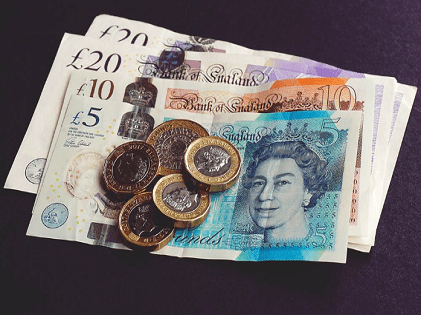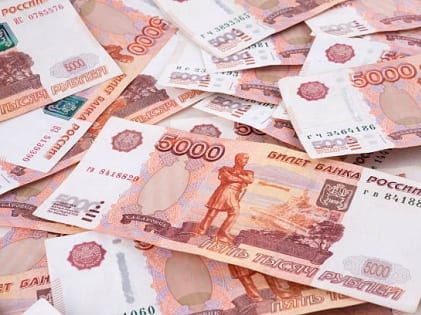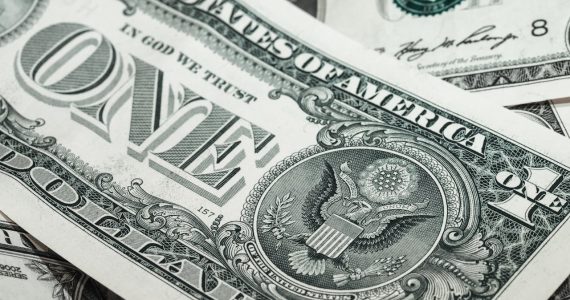 Money, one of the most powerful things in the world. Something that everyone yearns for and strives day in and day out. Did you know that the first printed note dates back to 1661 AD? And the production of the first credit card dates back to 1946. Yes, that’s just a few decades ago but is widely rampant across the world.
Money, one of the most powerful things in the world. Something that everyone yearns for and strives day in and day out. Did you know that the first printed note dates back to 1661 AD? And the production of the first credit card dates back to 1946. Yes, that’s just a few decades ago but is widely rampant across the world.
While money has been a way of exchange globally, did you know that the currencies the world nations are using now haven’t been the same since it’s the origin? Yes, with the time, global currencies have been transforming too. From gold, silver, and bronze coins, to paper notes, nations have evolved, and the name of the currencies of these nations has changed over the years. This transformation or evolution was in an attempt by the nations to survive and grow their economy. Some nations have recently introduced their currency into the global trading market just recently. For instance, the South Sudanese pound is the most recent or the youngest currency globally as it was made official only on July 18, 2011.
While the discussions of a supranational currency and bitcoins are still underway, did you know that some currencies have stood the test of time? Some nations continue to use the currency they did from the first time it was introduced until now. Here we take a look at the money from across the world that has been in use since time immemorial and continues to stay powerful to this day!
The Japanese Yen
 The Yen was introduced as Japan’s official currency in 1870, and two years after that, they introduced their Yen banknotes. Over the years, the currency has had numerous denominations from 10 yen to 10,000 yen. However, since 1984, the lowest valued Yen is the 1000 Yen banknote. Before the introduction of the Yen, the Japanese currency in use was Japanese mon (currency), Koban (coin), Ryō (Japanese coin), and the Wadōkaichin.
The Yen was introduced as Japan’s official currency in 1870, and two years after that, they introduced their Yen banknotes. Over the years, the currency has had numerous denominations from 10 yen to 10,000 yen. However, since 1984, the lowest valued Yen is the 1000 Yen banknote. Before the introduction of the Yen, the Japanese currency in use was Japanese mon (currency), Koban (coin), Ryō (Japanese coin), and the Wadōkaichin.
The Japanese Yen is the third most traded currency after the Euro and the US Dollar. However, despite its popularity, it does not enjoy the powerful status of other popular traded currencies like the US Dollar or Euro because of World War II. An increase in the war-time spending led to inflation, which the nation is yet to recover from, and by the end of the war-time, the value of 360 Japanese Yen stood valued at one dollar. However, over the past few years, the currency has recovered and now gets an exchange rate of 106.26 for one US Dollar.
The United States Dollars
 The most popular currency for global trade is popularly used both as the official currency and international trade in numerous nations across the globe. Since it was first introduced over 240 years ago, it has been the legal tender under the Coinage Act of 1792. At the time of its launch, the United States dollars looked similar to the Spanish dollar. However, unlike the current form in which you see the dollars, the initial version did not have the presidents’ faces on it. And Martha Washington is the only woman to feature on the US dollar bill.
The most popular currency for global trade is popularly used both as the official currency and international trade in numerous nations across the globe. Since it was first introduced over 240 years ago, it has been the legal tender under the Coinage Act of 1792. At the time of its launch, the United States dollars looked similar to the Spanish dollar. However, unlike the current form in which you see the dollars, the initial version did not have the presidents’ faces on it. And Martha Washington is the only woman to feature on the US dollar bill.
Did you know that the first note was minted in 1862 to fight the coin shortage that the nation was battling? And the US currently mints around 37 million notes every day, which comes to an approximate value of $696 million. It became the world’s most potent currency and the reserve currency after the negotiation of the Bretton Woods Agreement in the year 1944. It continues to remain the strongest currency globally, with $1,671 billion worth of currency in circulation around the world.
The British Pound
 The British Pound has a history of over 1200 years and goes back to the Saxons’ time. Athelstan, the first king of England, minted the first British Pound was back in 928, and it took 240 sterling coins to make one Pound.
The British Pound has a history of over 1200 years and goes back to the Saxons’ time. Athelstan, the first king of England, minted the first British Pound was back in 928, and it took 240 sterling coins to make one Pound.
And that is how it gets the name pounds of sterling. While Europe moved from its use of the British Pound to the Euro, the British continues to use its ancient currency.
The Russian Ruble
 The Russian ruble has been in use since the 14th century. Initially, it was widely used all over the Soviet Union and the Russian Empire. It has a three hundred year-long history. However, only Russia, Belarus, and Transnistria use this as their legal tender with the same name.
The Russian ruble has been in use since the 14th century. Initially, it was widely used all over the Soviet Union and the Russian Empire. It has a three hundred year-long history. However, only Russia, Belarus, and Transnistria use this as their legal tender with the same name.
So, it looks like this is one olden day currency that might perish soon.
Isn’t it amazing how the world currencies have changed over the years while money’s power continues to grow and influence our lives?




